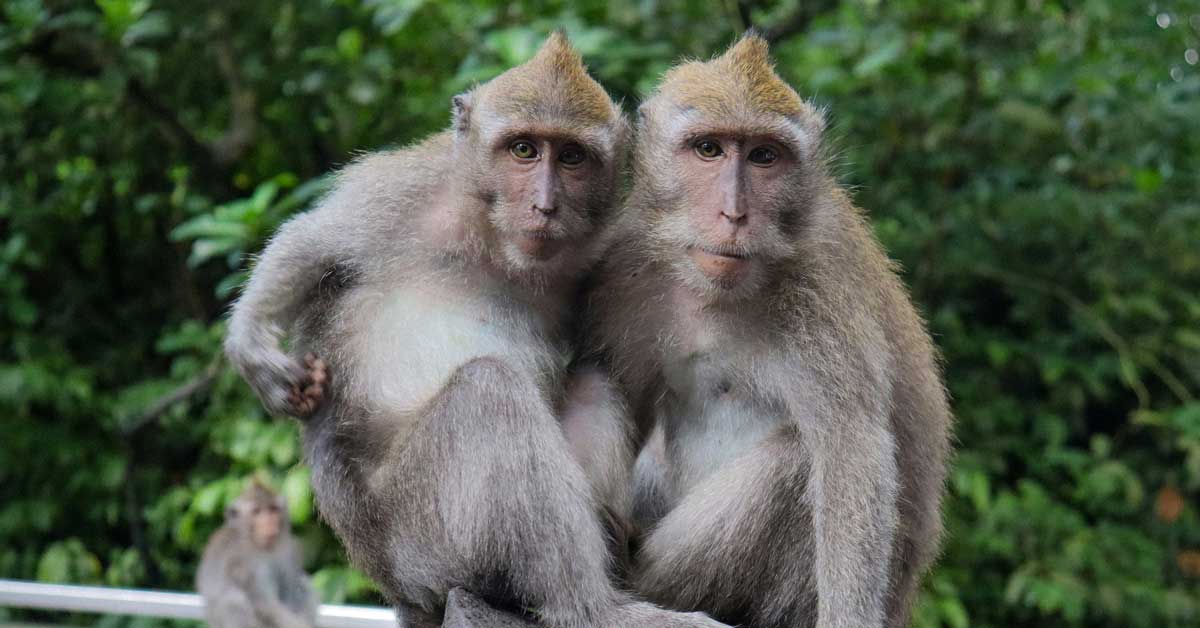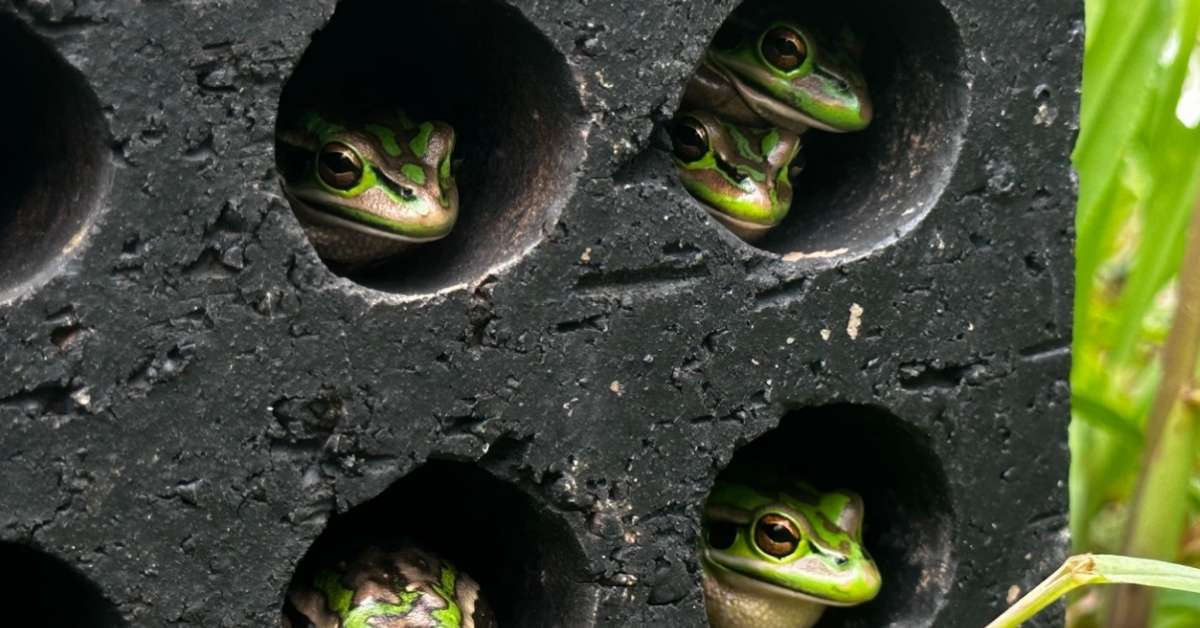We may have found the perfect pet for you: no walks, litter scoops, or vet bills required. For every axolotl virtually adopted through the National Autonomous University of Mexico’s “AdoptAxolotl” campaign, the fish-like salamander has a chance of bouncing back from the brink of extinction.
With a $30 donation, you can adopt an axolotl, give it a name, and receive an adoption certificate by mail. For $10, donors can buy a meal for an axolotl. The “dinner date” even comes with a personalized thank you letter from the university.
The critically endangered axolotl — which roughly translates to “water monster” in the ancient Aztec language of Nahuatl — is an aquatic salamander with a finned tail, external gill stalks, and a trademark smile.
The species was first discovered in the 13th century by Aztec settlers, who named the creature after Xolotl, the god of fire and lightning. According to Aztec mythology, Xolotl transformed himself into a salamander to avoid sacrifice.
Although they are not nearly as mystical as their namesake implies, axolotls are renowned for their regenerative abilities and are capable of regrowing tails, limbs, gills, and even parts of their eyes and brain.
In the still-water lakes where they live, axolotls were once top predators. As carnivores, they eat mollusks, worms, crustaceans, and fish, and help control the overpopulation of lake organisms.
Unfortunately, the amphibian has been sharply declining in numbers across all 18 species. According to scientists backing the university’s fundraiser, its population density has plummeted by 99.5% in just two decades.
“In 1998 there were 6,000 axolotls per square kilometer. The last census was carried out in 2014 and there were only 36,” UNAM researcher Luis Zambrano González explained to Euro. “Thanks to those censuses we realized that it is on the verge of extinction and if we do not do something it will be lost to wildlife in a few years.”
In the wild, axolotls are only found in two natural habitats in the world: Lake Chalco and Lake Xochimilco in the Valley of Mexico. UNAM Institute of Biology ecologists attribute the population decline to pollution, urban development, and the gradual rise of invasive fish species — like carp and tilapia — that feed on axolotl eggs.
“The money raised from our adoption program helps the axolotl habitat rehabilitation, the conservation of local wildlife, and the strengthening of chinampera agricultural practices,” reads a mission statement on UNAM’s fundraising page.

“Chinampera” or chinampas are pest-free aquatic sanctuaries, modeled after indigenous agricultural methods. For $450, donors can provide enough money to build a chinampa refuge and even earn a visit to the axolotl colony itself.
In last year’s campaign, the “AdoptAxolotl” fundraiser accrued 456,000 pesos — the equivalent of about USD $26,500 — across 498 donations. But in order for the axolotls to make a significant, lasting recovery in the wild, experts say they need to do 10 times better this year.
“We know what to do. We know where to do it. And we know that if we do that in those places, we will have a healthy population of axolotls,” Zambrano told NPR. “But if society doesn't care too much, it doesn't matter what we know. It will go extinct.”
Header images courtesy of Utkina Daria (CC BY 4.0) and National Autonomous University of Mexico



